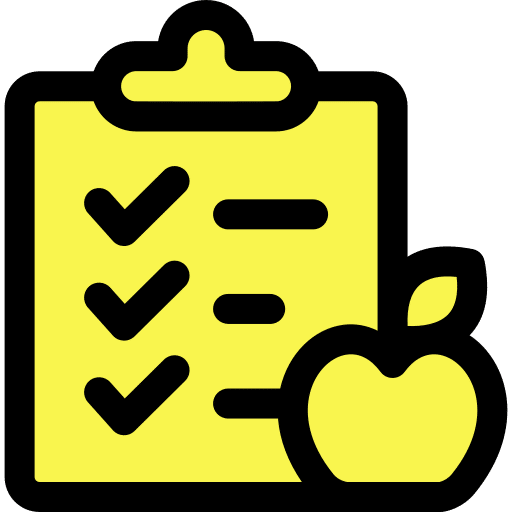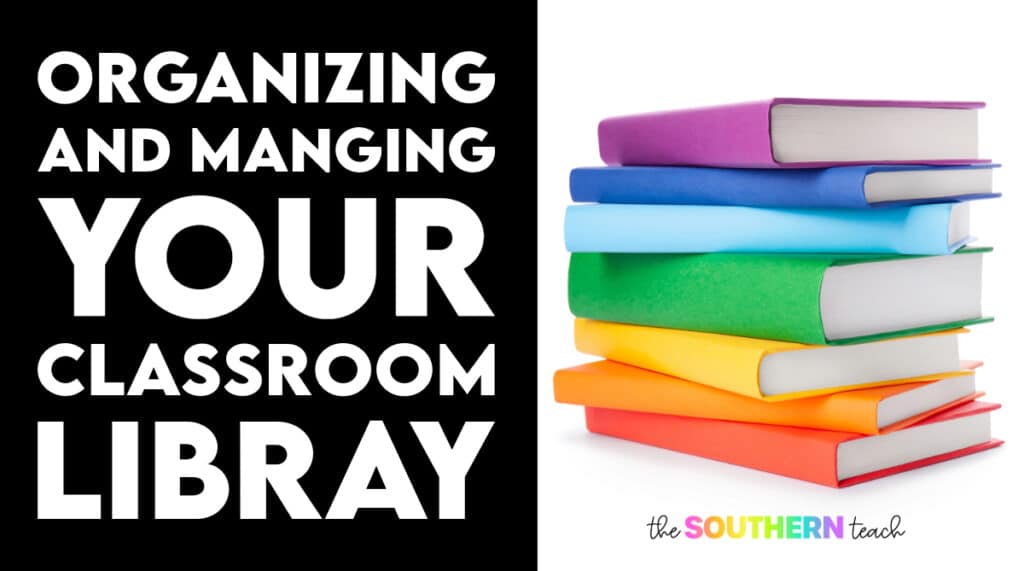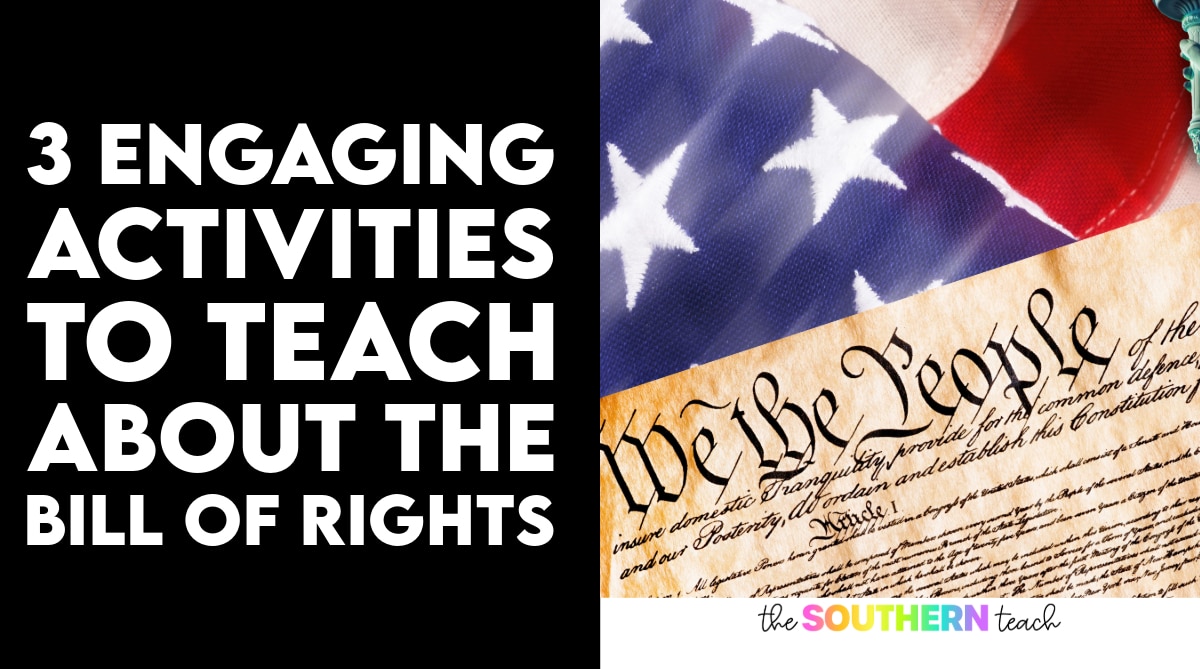
3 Engaging Activities to Teach About the Bill of Rights
By Kirsten Hammond
Share This Post:
The Bill of Rights consists of the initial ten amendments to the U.S. Constitution. These amendments secure fundamental rights and civil liberties for American citizens, such as freedom of speech. They also reserve certain rights for both the people and the states.
Although drafted separately from the initial seven articles of the Constitution, the Bill of Rights has become an integral part of our Constitution.
It’s crucial to teach the Bill of Rights as it shows how these amendments safeguard our freedoms and protect us from government intrusion in our daily lives.

Here are a couple of interesting facts: initially, there were twelve proposed amendments to the Constitution, but only ten were ratified, forming the Bill of Rights.
The most recent amendment, the 27th, was ratified on May 2, 1992. Interestingly, it was initially proposed in 1789 but wasn’t part of the original Bill of Rights. This amendment pertains to compensation for members of the Senate and House of Representatives.
Another tidbit is that although it was ratified on December 15, 1791, Massachusetts, Connecticut, and Georgia didn’t ratify it until 1939, merely as a symbolic gesture.

Now, let’s explore three activities to help teach the Bill of Rights:
Activity 1: Take a Stand (Grades 4-5)
Before introducing the Bill of Rights, have your students express their opinions on statements related to the first 10 amendments. These statements can echo the principles of the Bill of Rights without quoting them verbatim.
An example statement could be “People should have the right to express their opinions, even if it offends others.”
Encourage students to share their views and provide 10-20 minutes for individual opinion writing.
Conduct a group discussion with statements projected on a screen, and let students physically move to show their agreement or disagreement.
Make sure the discussion remains respectful and moderated by you.
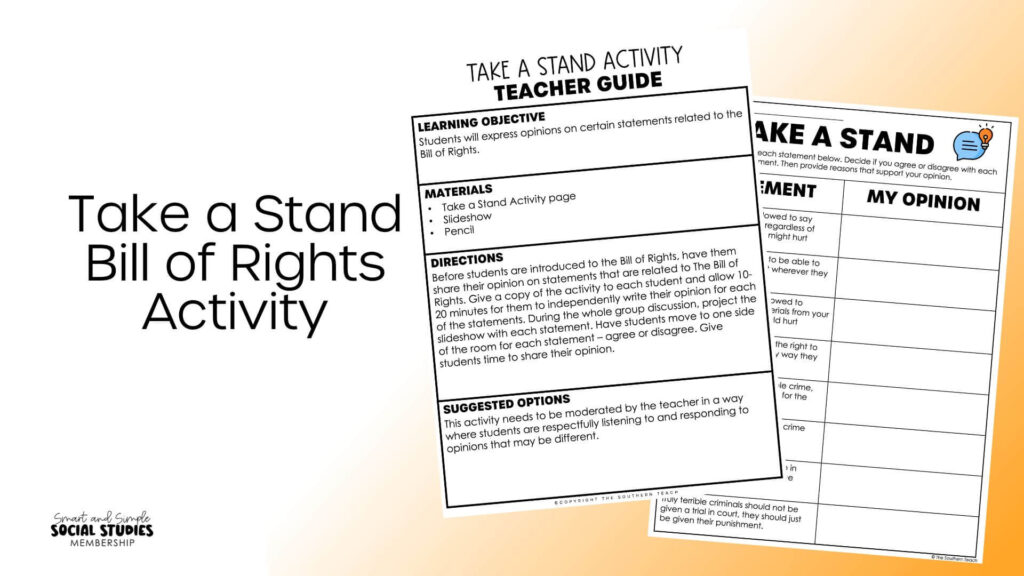
Activity 2: Bill of Rights Webquest
In this activity, provide students with a kid-friendly website to learn about the Bill of Rights. They should use a recording sheet to paraphrase each of the first ten amendments in their own words. Students can work independently or in pairs.
Following the webquest, conduct a class discussion to ensure their understanding aligns with the amendments’ meanings.
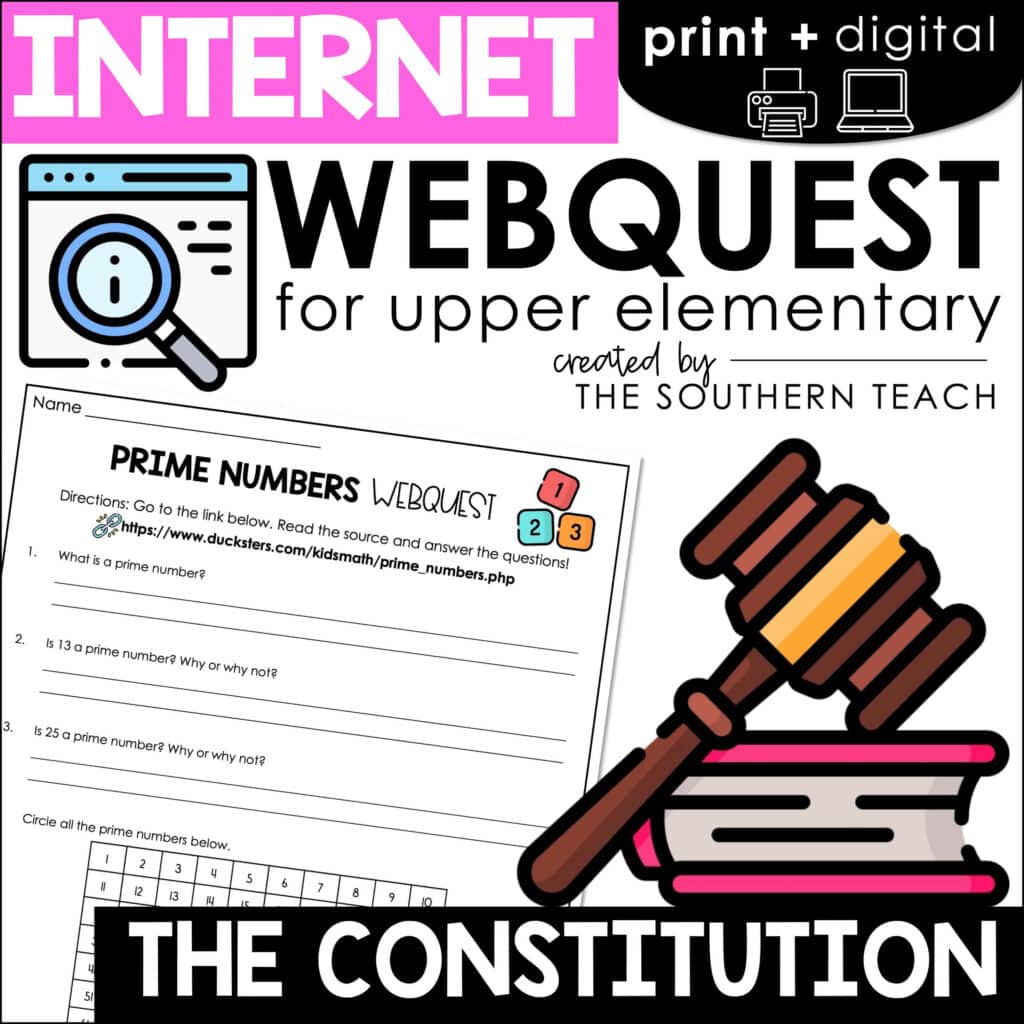
Activity 3: Bill of Rights Blog Post
Challenge students to select one of the first ten amendments and write a blog post supporting that right. Their posts should contain the right’s definition, historical context, reasons for inclusion in the Bill of Rights, current issues related to the right, and efforts by various groups to protect it.
This activity promotes both research and critical thinking. Students can also illustrate and share their blog posts with the class.
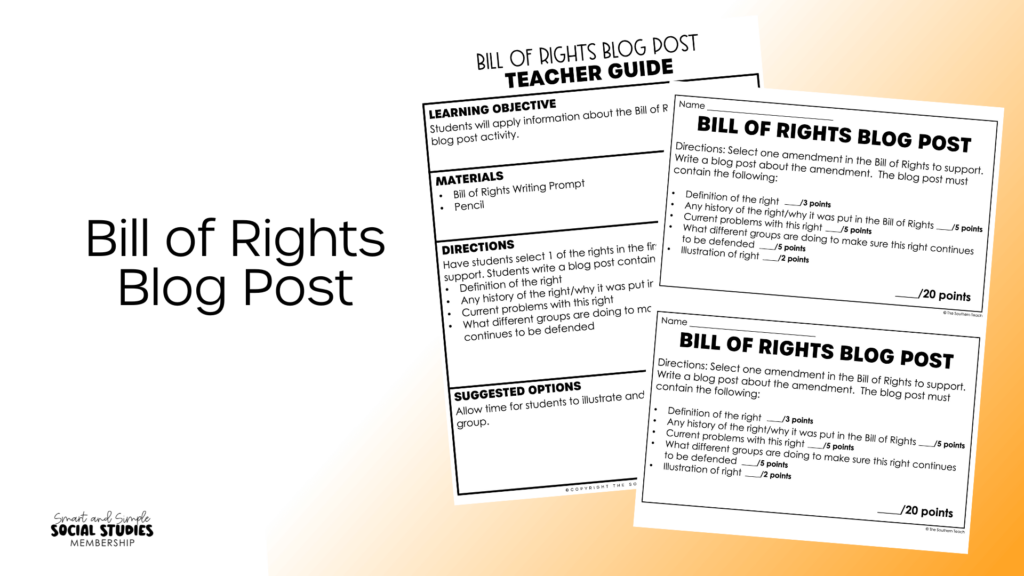
Conclusion
These activities are valuable for teaching the Bill of Rights. To further enhance your teaching, check out the Smart and Simple Social Studies Membership, which offers ready-to-use lesson plans and activities for these topics. You can also find the Constitution Webquest in my Teachers Pay Teachers store, where you’ll discover additional content.
Lastly, I invite you to join the waitlist for the Smart and Simple Social Studies Membership, where you’ll gain access to comprehensive resources for teaching social studies. It’s a fantastic way to stay informed and take your social studies lessons to the next level.
kirsten hammond
Kirsten is a former 3rd and 5th grade teacher who loves helping upper elementary teachers by creating resources and sharing ideas that are engaging, research-based, and TEKS-aligned. She is a work-from-home mama of 3 rambunctious little ones and loves running, true crime, and lots of coffee.



